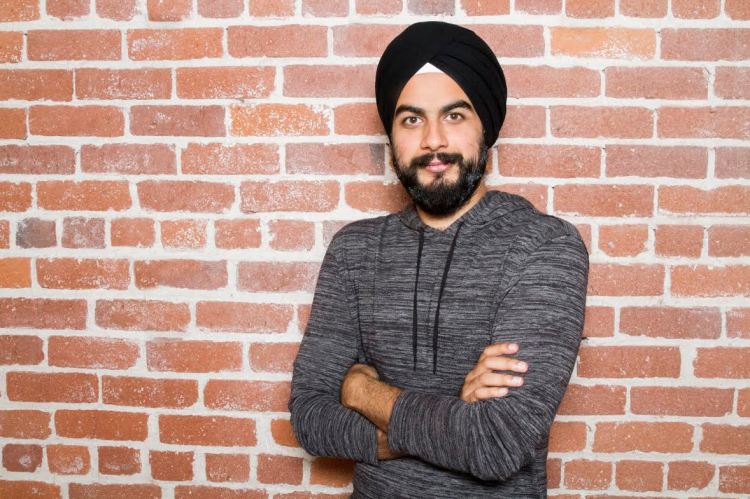To Ampush chief Jesse Pujji, the future of mobile advertising comes down to native ads running on Facebook and Twitter.
Pujji’s company runs ad campaigns for big brands like MasterCard with his two biggest ad partners, Facebook and Twitter. Ampush will release a report early tomorrow that contains eye-opening data for brands and advertisers looking to maximize mobile ad campaigns with the two giants. The report provides a partial glimpse of what mobile advertising could soon look like.
“The majority of ad inventory in a few years will come down to the big platforms like Twitter and Facebook,” Ampush told VentureBeat.
While not a shocker, at least in the subjective sense of the word, Pujji will release data accrued by Ampush during 2013 up to the third quarter of 2014 from Twitter and Facebook mobile campaigns run during that timeframe.
Mobile developer or publisher?
Learn how successful apps make more money with fewer ads.
This includes Ampush customers in the gaming, e-commerce, travel, and entertainment sectors. Ampush clients spent $200 million on campaigns during this timeframe, of which Ampush takes a cut.
Some of the highlights from the Ampush report, which will be released on its website tomorrow morning, include:
- Ad spend for the 13-17 age group grew the fastest it ever has over the duration of 2014. Pujji says this kernel of data debunks analyst claims that this age demographic is not effectively being served by Facebook
- Mobile growth spending will increase by a whopping 233 percent year-over-year.
- Cost per thousand and cost per click in mobile pricing trends will increase 23 and 53 percent respectively year-over-year.
- The mobile app index, or cost-per-install, will increase 20 percent year-over-year.
- Twitter is still maturing, but is showing serious, opportunistic growth in targeting smaller audiences engaged in the travel and lifestyle verticals.
- More advertisers allocated portions of their important user acquisition budgets outside the U.S. and into international markets for mobile campaigns.
Ampush finds itself ensconced inside a burgeoning mobile landscape that analysts expect will be worth around $35 billion by year’s end. That number is up from the $18 billion spent on mobile last year. As expected, Google occupies the No. 1 spot in terms of mobile ad revenue followed by Facebook and Twitter.
The crafty Pujji also pointed out to VentureBeat that email-based mobile marketing, like Google Partner Connect and Facebook’s Custom Audience, for example, are leading the way in targeted mobile ad campaigns and that the technology continues to evolve to allow businesses to better target specific users with ads they may want to see.
“It’s a whole new way for advertisers to target customers,” Pujji said.
You can see an earlier interview I did with Pujji here.
VentureBeat's mission is to be a digital town square for technical decision-makers to gain knowledge about transformative enterprise technology and transact. Learn More

